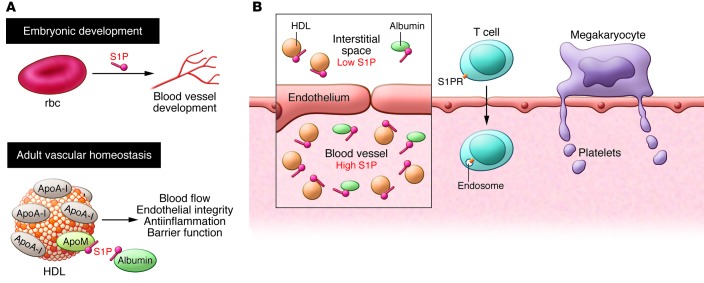Figure 3. Functions of S1P in vascular development and hematopoietic cell trafficking.
(A) During embryogenesis, rbc-derived S1P plays an essential role in the stabilization of the developing vascular system. In the postnatal period, both rbc and the endothelium release S1P into circulation to maintain vascular homeostasis. Plasma S1P is associated with ApoM+ HDL and albumin. S1P signaling regulates blood flow, endothelial integrity, barrier function, and antiinflammatory functions. (B) There is a steep S1P gradient between vascular and extravascular compartments. This is essential for trafficking of T cells from thymus and secondary lymphoid organs into blood and lymph, respectively. In the bone marrow sinusoids, S1P signaling is important for the release of megakaryocyte proplatelet extensions into the circulation.

